Procurement Automation: 6 Processes You Should Automate


The procurement department faces mounting pressure to streamline workflows, reduce errors, and optimize costs.
Thankfully, with the advent of advanced technology and innovative tools, automating certain procurement processes is not only possible but also immensely beneficial.
In this post, we’ll delve into six key processes within procurement that, when automated, can elevate your organization’s efficiency, accuracy, and bottom line.
Let’s dive right into the first process—supplier sourcing.
Supplier sourcing is a time-intensive process but an essential part of procurement.
Finding reliable suppliers who deliver what you need at a reasonable cost without compromising quality is a universal goal in every company’s procurement strategy, including yours.
Typically, supplier sourcing involves multiple stages, although it can be more complex:
| Supplier discovery | Scouring the internet, databases, and other sources to find and evaluate potential new suppliers. |
| Request for Information (RFI) | Requesting additional information about potential suppliers, such as industry expertise, product information, capacity, and qualifications. |
| Request for Proposal (RFP) | Clearly stating buyer needs and expectations and asking suppliers to outline how they can meet these demands. |
| Request for Quotation (RFQ) | Requesting price quotations from suppliers for specific products or services, especially when the buyer already knows what they need and seeks competitive pricing. |
Efficiency in procurement often begins with automating the first stage, supplier discovery.
The reasons for automating the overall supplier sourcing process are many:
Needless to say, to achieve all these, you need reliable solutions for all sourcing phases.
For starters, you should automate supplier discovery and evaluation. And our own tool, Veridion, might just be the perfect tool for your business.
Let’s see why.
Veridion is a supplier sourcing enabler. With the power of AI and machine learning, Veridion scours the internet and converts data into a structured dataset, providing comprehensive and always current supplier information.
We are talking about a vast amount of data here—tens of millions of suppliers and 200 million products and services.
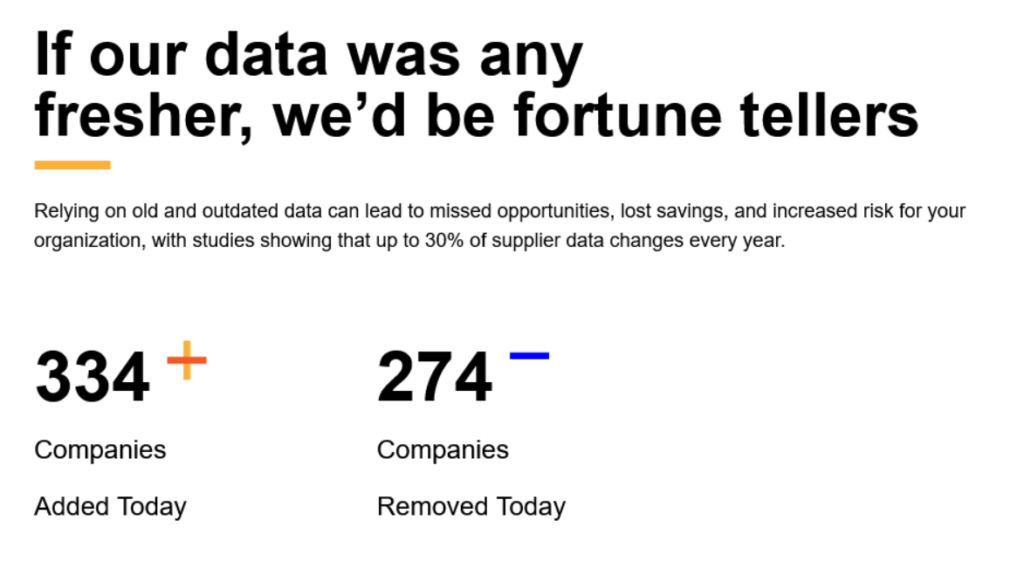
And because you can access up-to-date information about every supplier, you can be on top of any changes in a supplier’s business activity and quickly identify potential risks.
Besides giving you data about companies all over the globe, Veridion can help you select only reliable suppliers and, with it, improve your supplier risk management.
But that’s not all.
Veridion offers flexible search capabilities.
With our complex search API, you can filter companies based on your specific criteria, whether it’s firmographic data, classifications, or specific product details, to get precisely what you need in a matter of minutes.

But don’t just take our word for it.
Consider this US consulting firm’s case study to see Veridion in practice.
To briefly recap the study, this company aimed to optimize sourcing suppliers from unstructured data while reducing in-house research efforts.
Veridion has developed a custom, integrated search solution, resulting in a remarkable 2.5x increase in supplier sourcing results.
As you can see, supplier sourcing is a vital but time-consuming aspect of procurement.
Automating this procurement phase would, therefore, be wise as it will save your company time and resources.
Automation solutions like our Veridion can be the key to improving and accelerating your supplier sourcing.
Supplier Relationship Management (SRM) is another important aspect of procurement. It does precisely what its name implies—manages and nurtures supplier relationships.
The primary goal of SRM is to maximize the value derived from supplier partnerships while minimizing risks.
Supplier selection, performance evaluation, communication, and collaboration are all integral parts of SRM.
Notably, collaboration with suppliers has proven to be an extremely important goal for procurement professionals in 2023, as revealed in the recent Global PCO survey conducted by Deloitte.

According to the survey, 61% of Chief Procurement Officers (CPOs) identified increasing supplier collaboration as their top strategy for delivering value to procurement in 2023.
Automation can improve collaboration and other aspects of SRM. Let’s see how.
Firstly, automated systems simplify communication between you and your suppliers. And improved communication leads to more effective collaboration.
For instance, some SRM solutions provide self-service portals for suppliers.
This lets them update information about their products, orders, and other things and communicate directly with their buyers.
That benefits both suppliers and buyers because it reduces the administrative burden on procurement teams.
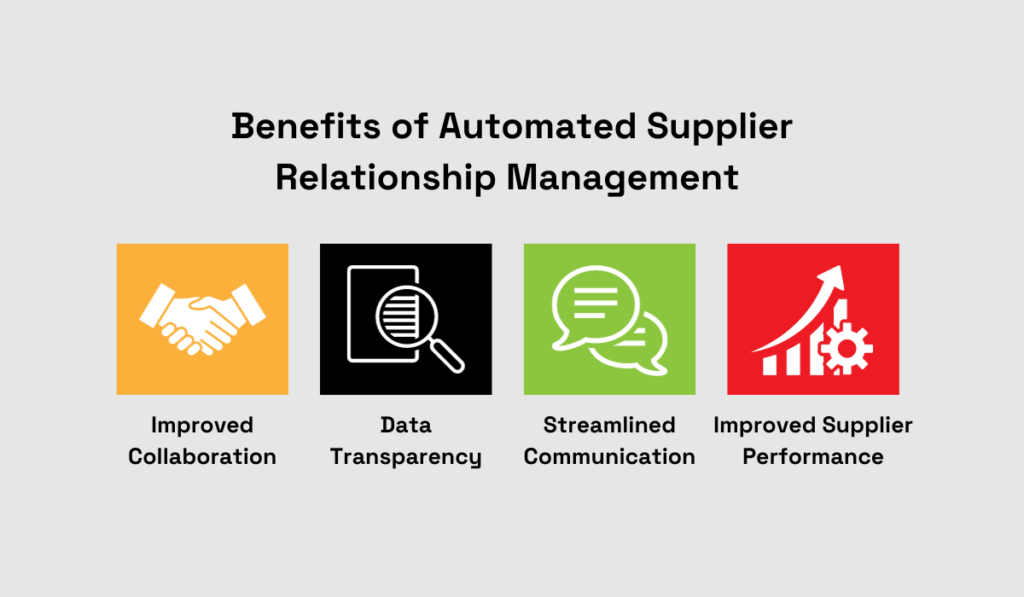
The most significant benefit of such portals is that both sides are always in the loop with what is happening.
If there are any updates or changes, this can be communicated quickly and accurately, reducing delays and misunderstandings.
On the other hand, we said that part of SRM is also supplier performance tracking and evaluations.
When all communication with your supplier is automated and all related documents—such as agreements, contracts, purchase orders, invoices, and delivery notes—are consolidated in one place, evaluating performance is much simpler.
On top of that, this availability and transparency of data is invaluable for auditing, evaluating compliance, and addressing issues with suppliers.
In conclusion, automating your SRM can grant you access to all supplier-related data at all times. The data you obtain will make it easy to analyze feedback, performance data, and other metrics, leading to stronger supplier relationships.
Hopefully, all these reasons are enough to consider automating your Supplier Relationship Management.
Contract management might seem simple when drafting the initial agreement.
However, once the contract is in motion, overseeing its progress, ensuring execution, generating reports, and conducting reviews can quickly become a complex and demanding task.
This involves lots of coordination, collaboration, and information management, which can be quite the opposite of simple.
Consider the illustration below, depicting the complexity of contracting, from its creation to final closure (based on the insights from the World Commerce & Contracting 2021 and KPMG Law).
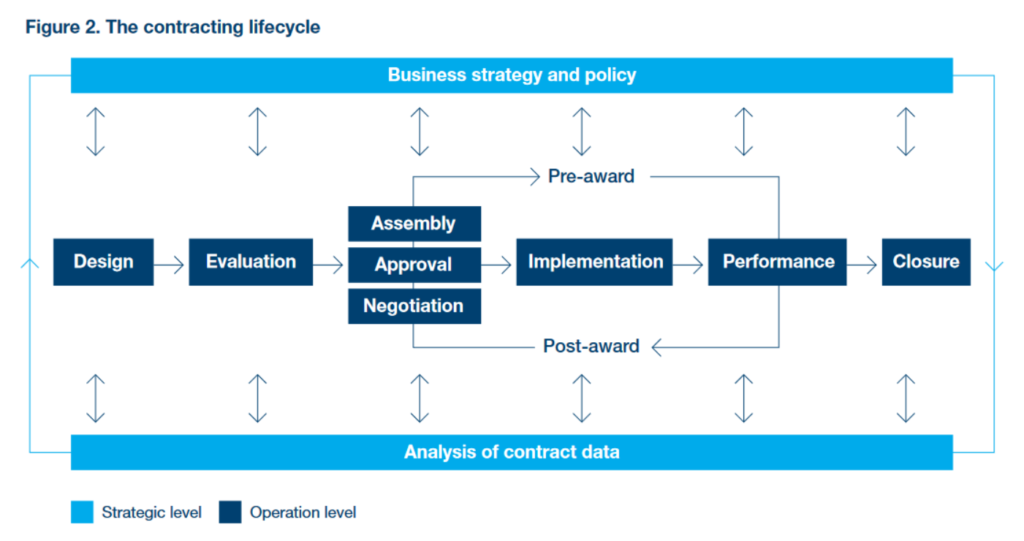
Surprisingly, this same research from 2021 revealed that just 11% of businesses viewed their end-to-end contracting process as highly effective. In other words, nearly 90% of companies were not satisfied with their contract management practices.
However, there’s a glimmer of hope. A significant 76% of these organizations have recognized the importance of digitizing their contract management.

They’re right to prioritize this shift, as automation can revolutionize contract management, and here’s why.
The dissatisfaction among companies with manual contract management often stems from the challenges they face:
| Human Errors and Inefficiencies | Manual processes frequently lead to misunderstandings and delays, which increases operational costs. |
| Lack of Centralized Tracking | Without a centralized system, tracking crucial contract milestones, obligations, and performance metrics becomes difficult and sometimes almost impossible. |
| Inadequate Management | Poor tracking and management of contractual terms, such as pricing, delivery schedules, or quality standards, can result in financial losses and legal disputes. |
Automating your contract management can mitigate these issues while offering additional benefits.
Firstly, it provides a centralized contract repository accessible with a simple click. This simplifies contract retrieval and enhances operational efficiency.
Moreover, this centralized repository offers real-time visibility into contract portfolios, making it easier to monitor critical milestones and obligations.
Automation also includes risk identification and mitigation features, with timely alerts and notifications to address potential issues. This can help reduce financial losses and legal entanglements.
Contract renewal alerts further ensure you have ample time to assess performance, negotiate terms, or explore alternative supplier options.
To conclude, automating your contract management not only reduces these common challenges but also results in cost savings. And finally, it transforms contract management from chaotic and cumbersome into an efficient and structured system.
Each department relies on procurement to ensure they have the products and services they need to work effectively.
So, when employees notice that they are running out of the items they need, they can raise purchase requisitions to the procurement team.
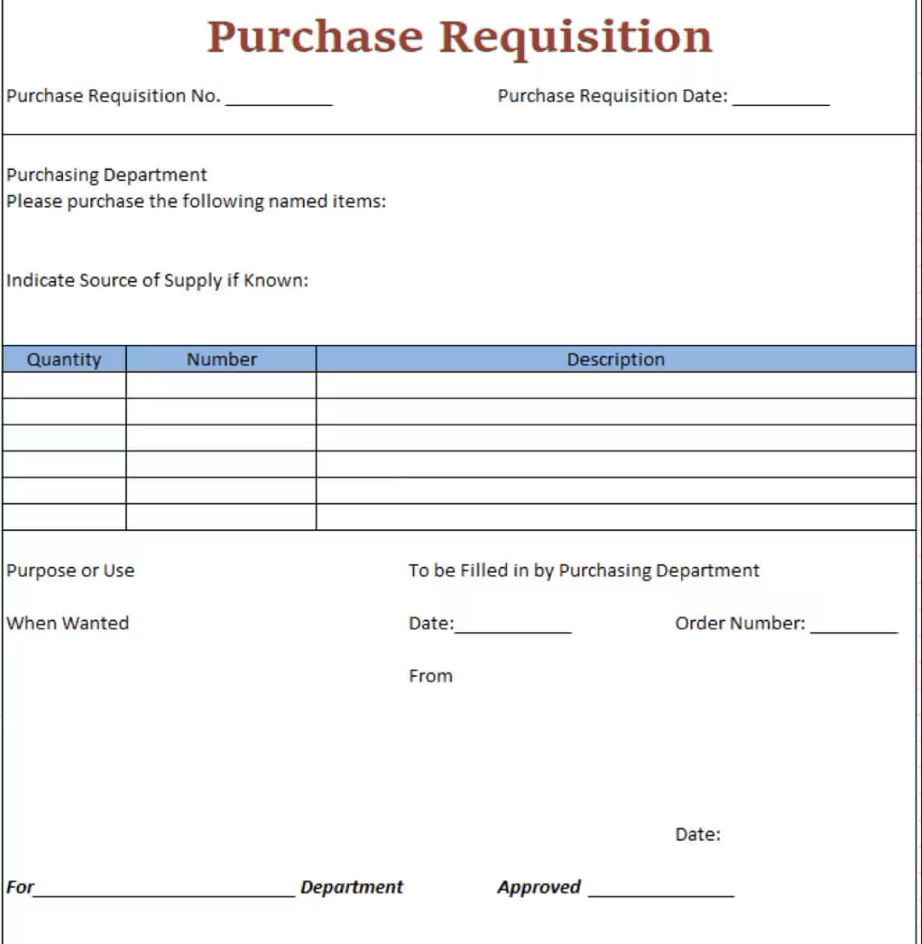
However, to you, the person who has to manage all these requisitions, doing it manually can be quite challenging.
There’s always a risk of misplacing these documents. And if you’re dealing with handwritten requisitions, and someone’s handwriting looks like a spider dipped in ink danced on the paper, let’s just say—good luck figuring out what’s written!
All these scenarios take up a lot of time and can lead to inefficiencies and delays in acquiring essential products or services.
That’s not the case if you automate your purchasing requisitions.
Through an automated portal, each department can submit purchase requisitions effortlessly.
And since everything is in one place, you have a clear overview of all the requisitions and the status of each one.
You should even be able to sort them into different departments, teams, or projects.
There’s one more important thing to mention regarding the collaboration aspect.
Since purchase requisitions sometimes must be approved by legal or finance, this usually requires back-and-forth emails and takes time.
Well, automation also makes the approval process faster.
That’s because all authorized individuals can access the information, review and approve requisitions, and keep the process moving smoothly.
In short, automating purchase requisitions speeds everything from creating them to reviewing and approving them. Plus, it reduces the mistakes that often happen when you’re doing things the old-fashioned way.
Once these requisitions get the green light, they turn into purchase orders that can be sent to suppliers.
When suppliers receive, review, and acknowledge purchase orders, they are legally bound to deliver the order, just as you are legally bound to pay.
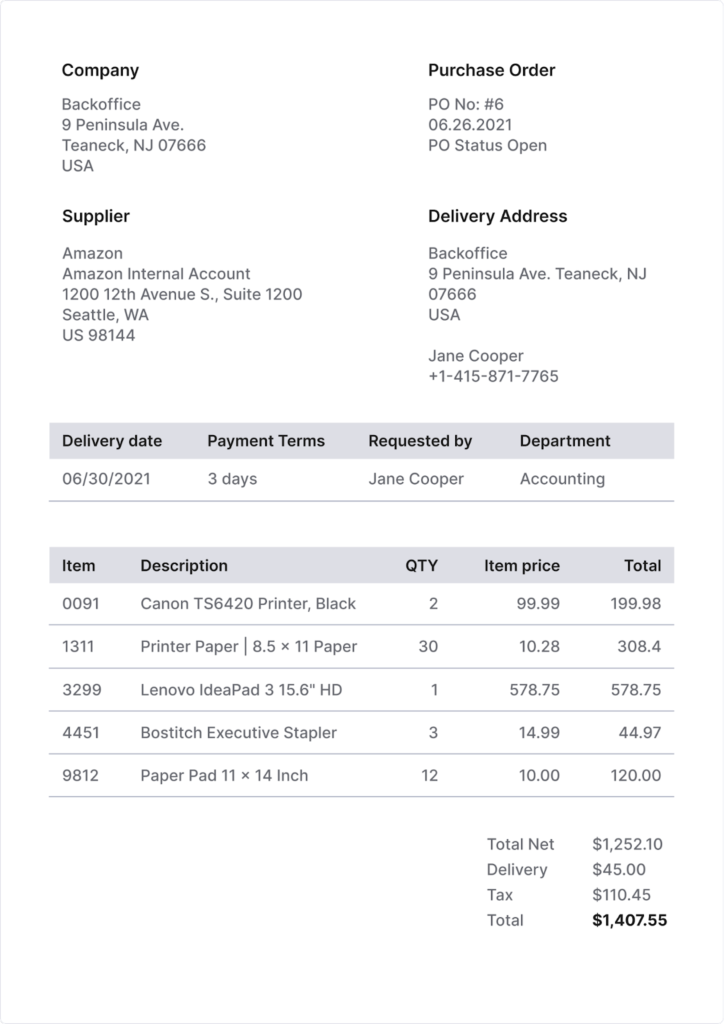
But the whole procure-to-pay process isn’t that simple.
It’s a journey with many steps—purchase requisition, purchase order, receiving, invoicing, and payments.
Oh, and let’s not forget all the approvals needed from different departments along the way.
Only when the delivery is squared away, and the invoice is settled can we finally say the purchase order is closed.
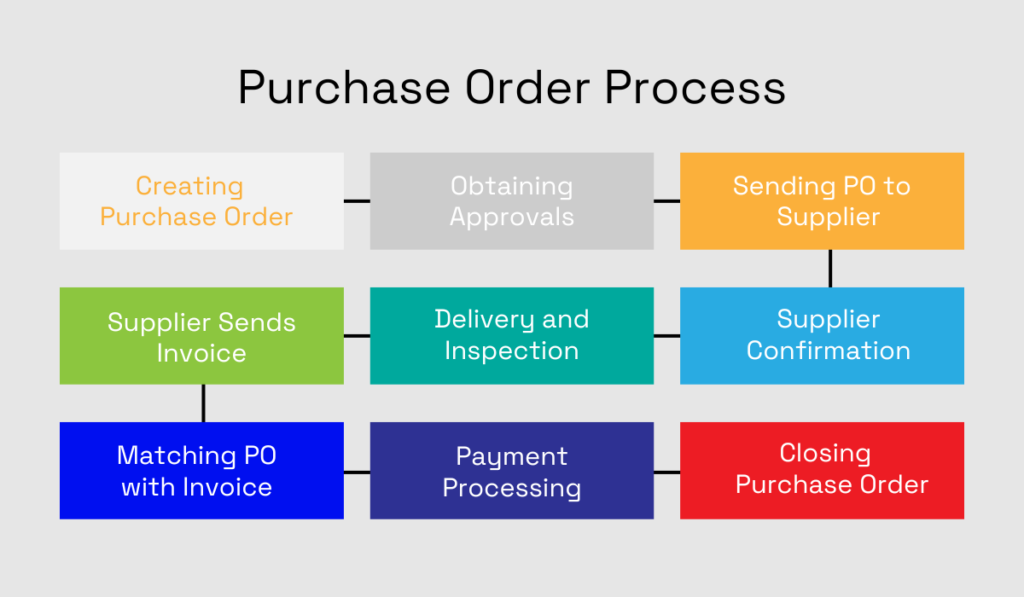
Handling all of this manually can be overwhelming, to say the least.
Luckily, automation comes to the rescue once again. So, why is automation the go-to?
First and foremost, automation can simplify the complex process by standardizing all your purchase orders.
This is important because your orders should comply with the established guidelines and policies. This minimizes discrepancies, reduces the chances of supplier disputes, and enhances overall compliance with procurement standards.
Moreover, automation offers a comprehensive view of every order and indicates which stage it’s currently in. Having such an overview available in one place can also help you avoid ordering the same product twice or misplacing documents, which is more common with manual processes.
And as we already mentioned with purchase requisitions, having one centralized platform makes approval easier and saves lots of time.
In a nutshell, automation simplifies purchase ordering, making it more efficient, cost-effective, and less time-consuming. It’s the smart way to keep your procurement process running smoothly.
Processing payments manually can lead to a range of issues. It’s just not reliable anymore. In this traditional payment processing method, human errors are more likely.
You are more likely to deal with mistakes in data entry, invoice matching, and calculations. These can all result in overpayments, underpayments, and supplier disputes, ultimately costing you more money.
Manual payment processing also requires a lot of human resources. Employees must physically handle invoices, enter data, validate information, and send invoices for approval. This not only takes time but also costs money in terms of salaries and benefits.
Moreover, manual processing is slow. Invoices move through different departments for approval, causing payment delays. And late payments can lead to penalties and missed early payment discounts, adding to your expenses.
Now, consider the alternative—automation.
While setting up automated systems may require an initial investment, the long-term savings are substantial.
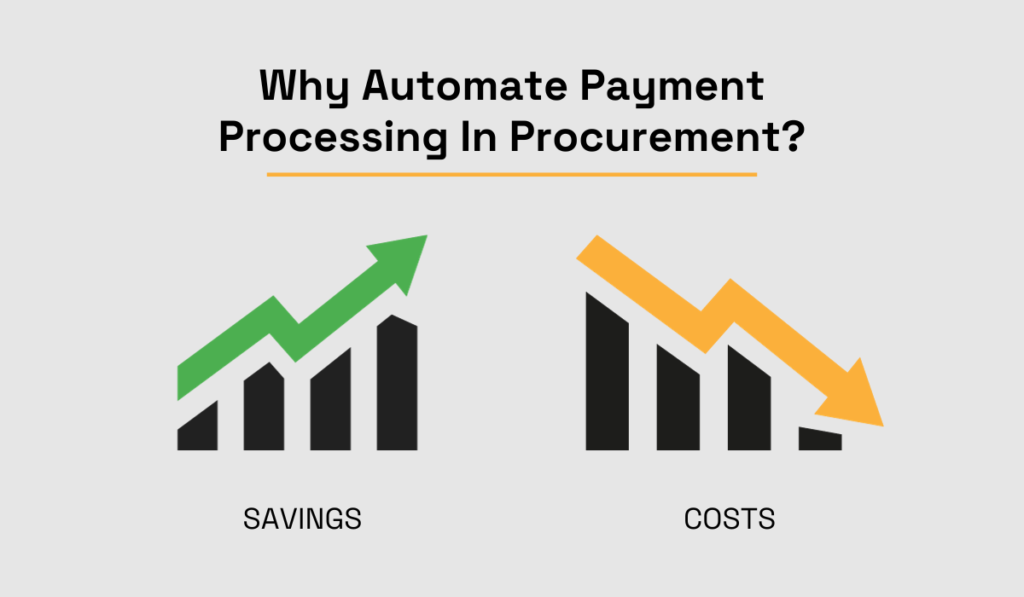
Automated systems excel at reducing human errors, speeding up processing times, and simplifying approval processes. They ensure accurate payments, timely deliveries, and cost-effective operations.
In fact, according to NextProcess, organizations that fully automate payment processing save an average of $14.93 per invoice processed compared to those who still rely on manual processing. So, the more invoices you process, the greater your savings will be.
But that’s not all. Automated payment processing also enhances safety through a range of robust security measures.
These measures include encryption to protect data during transmission, secure access controls, audit trails to track all activities, and intrusion detection systems to guard against potential threats and fraud.
When you consider these benefits, automating your payment processes is a wise choice for your organization’s finances and overall procurement.
In today’s competitive business landscape, automation can be your powerful ally—it brings transparency, helps you make smart decisions, saves money, and prevents costly mistakes.
More and more businesses are switching to digital solutions that automate operational processes, so it’s safe to say that is the way forward.
Finally, as we have seen in this article, automation can make a big difference for your company and your procurement processes.
So, let procurement automation help your organization thrive in the modern business world and automate any processes where you spot inefficiencies.